E-1027: Eileen Gray's Timeless Declaration of Love
What is hidden behind the cryptic name E-1027? We take a closer look at one of the 20th century's most iconic (and practical) design objects.
Eileen Gray was one of the most influential figures in modernist architecture and design, yet it was only at the age of 90 that she received recognition for her pioneering ideas. We look back at her great modern masterpieces: villa E–1027 and the iconic side table of the same cryptic name.

Eileen Gray was born in 1878 in the Irish town of Enniscorthy, but grew up in London where she developed an interest in painting at a young age. At the age of 20, she became one of the first women to be accepted at the Slade School of Fine Art in London. She then moved to Paris to study at the Académie Julian and the Académie Colarossi. After commuting between Paris and London, she moved into an apartment on Rue Bonaparte in 1906. Gray began working alongside Seizo Sugawara who was known for his lacquer work. A few years later, they opened a lacquer workshop together and Gray began making custom furniture for some of Paris' wealthiest clients. During the First World War she returned to London and there she became interested in interior design. In 1918 she moved back to the French capital.
Related: The Story of "Dragons:" The World's Priciest Chair
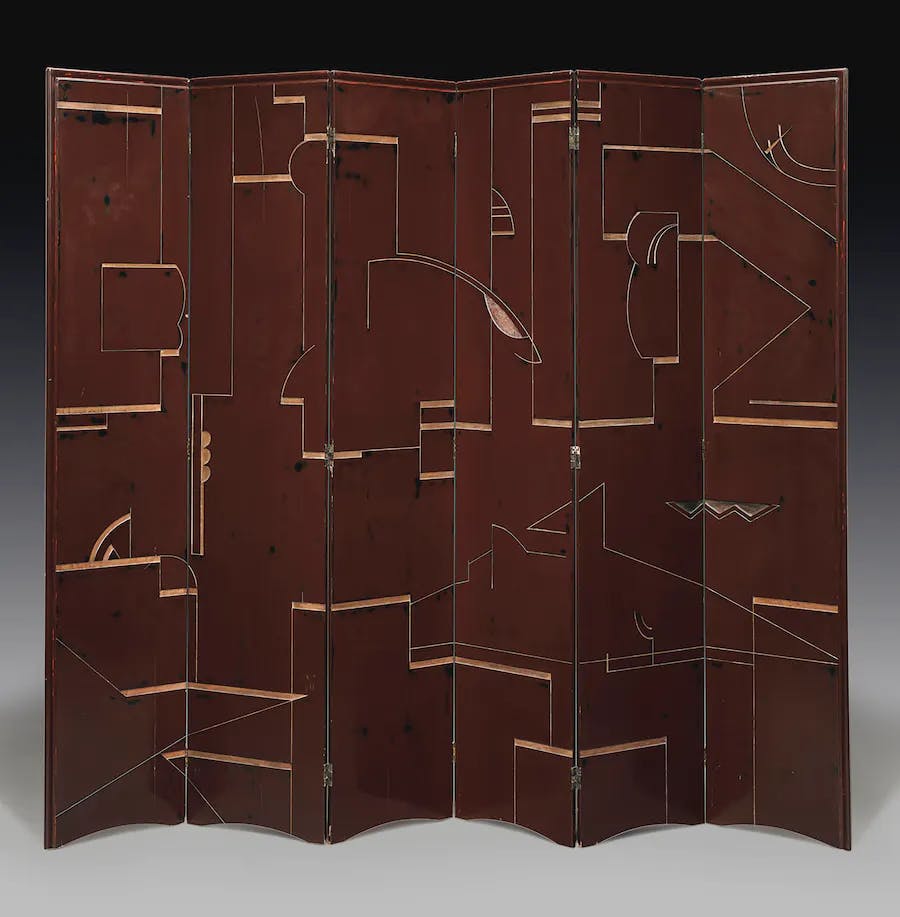
In Paris she opened the store Jean Désert. The name was a reflection of Gray's love of codes: Jean for her lover, the Romanian architect Jean Badovici, who was 15 years her junior, and Désert for Morocco, a recurring source of inspiration. Clients included James Joyce, Ezra Pound and Elsa Schiaparelli.
In her early works Gray used exotic woods, ivory and furs, but by the mid-1920s her works became simpler and more industrial. It reflected her growing interest in the work of Swiss-French architect Le Corbusier and other modernists who believed that function precedes form.
Related: Art Deco: The Great Celebration
Between the years 1922 and 1926, Gray taught herself architecture by studying theory, taking lessons in drawing, revising architectural drawings, and following the Polish architect Adrienne Górska to construction sites.
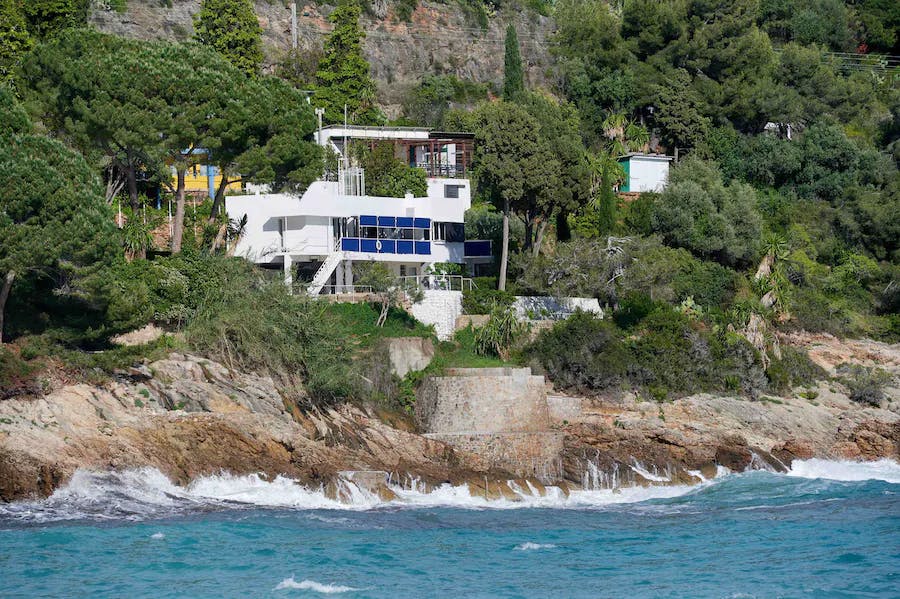
Meanwhile, she was working on what would become her most iconic work. In 1924, she and Badovici designed villa E-1027 in Roquebrune-Cap-Martin on the French Riviera. The name E-1027, like Jean Désert, is a code name: "E" stands for Eileen, "10" for the tenth letter of the alphabet J (Jean), "2" for B (Badovici) and "7" for G (Gray).
The rectangular house, which was built between 1926 and 1929, is said to have been designed based on Le Corbusier's "Five Points of Architecture" as it rests on columns, has a roof terrace, open floor plan, sash windows and a free facade.
Related: Le Corbusier: 5 Facts to Know
Le Corbusier, who had a complicated relationship with Eileen Gray, is said to have admired E-1027 so much that he designed his own house, Le Cabanon, right next door. Towards the end of the 1930s, for an unclear reason and against Gray's will, he made large murals on several of the house's walls. This went against Gray's desire for E-1027 to be free of embellishment.
By this time, Gray was fascinated by light functional furniture with multiple uses. She called it "camping style." Among other things, Gray designed a tea trolley with a cork tray to reduce the rattle of the copper and at the entrance of the house she created hat racks in metal mesh to reduce dust.
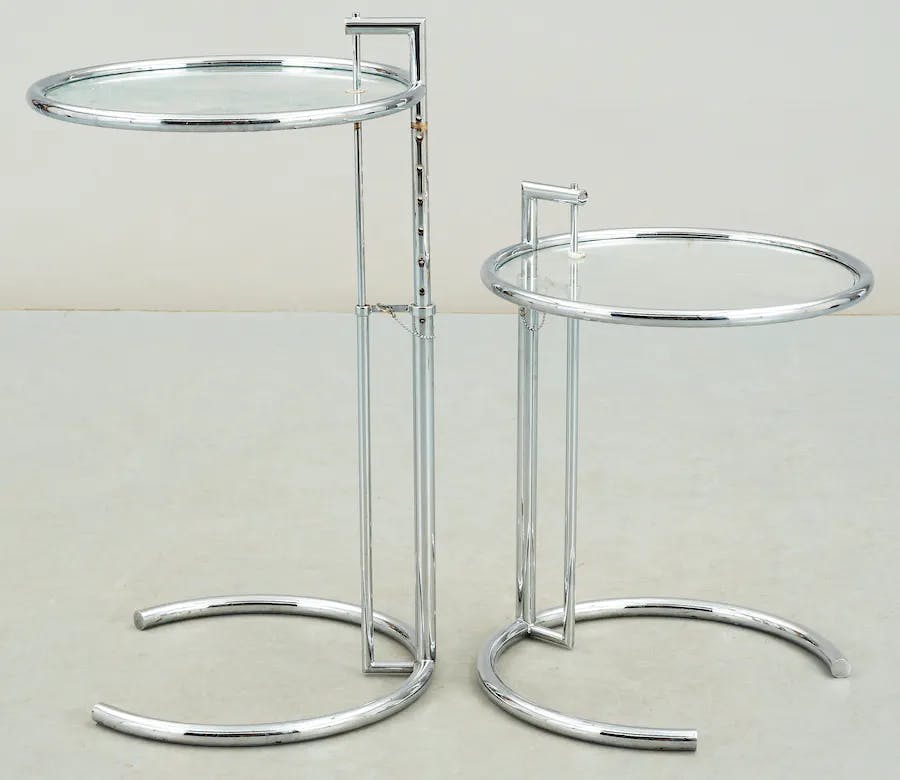
But most famous is her height-adjustable side table, which was given the same name as the villa. The design looks simple, but it took three years from sketching to completion in 1927. The E-1027 consists of a chrome-plated tubular steel frame and a clear or tinted glass disc. With its eight different attachment points, the light and flexible table can go from being a side table to a bar table. It is said that Gray designed the table for her older sister who liked to eat breakfast in bed. Since the single table leg is attached to the side of the table top, it can be easily slid over the bed, which allowed her sister to eat without crumbs. It is also said that the E-1027 was the only piece of furniture that Eileen Gray took with her when she moved out of the villa in 1932, after ending her relationship with Jean Badovici.
Related: 6 Giants of Mid-Century Modern Design
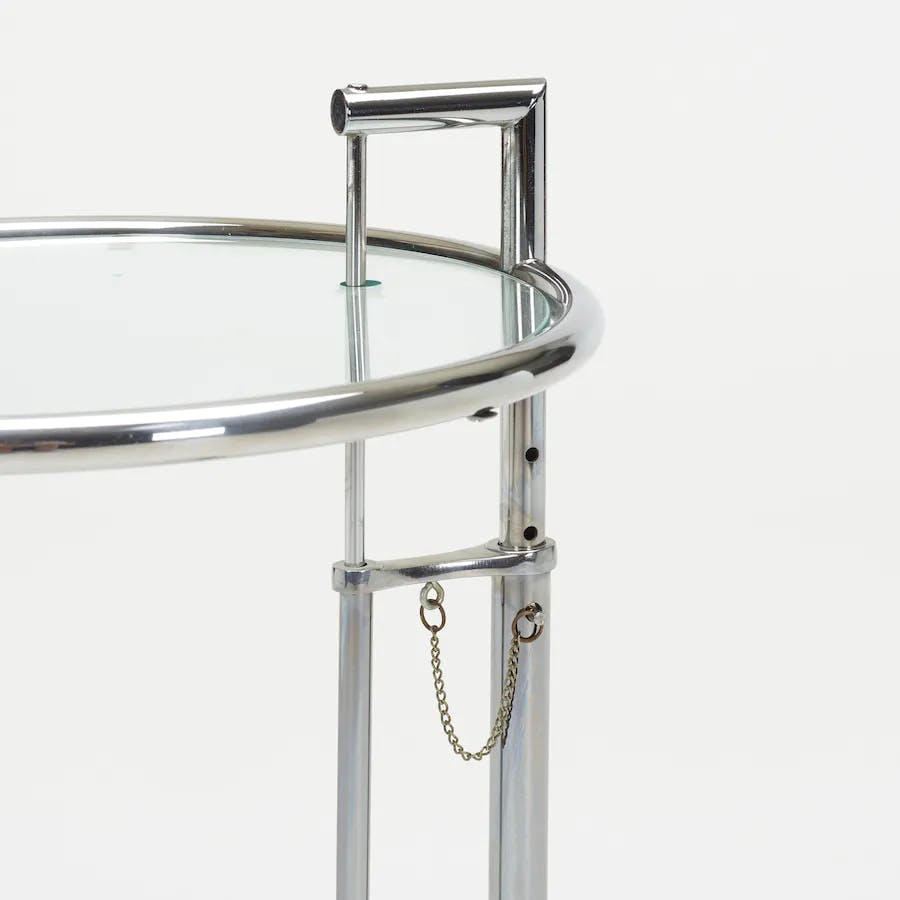
Its ingeniously proportioned, distinctive shape has made the table one of the most beloved design icons of the 20th century, and it is considered one of Eileen Gray's most classic works. Before her death in 1976, she sold the design (and other works such as the Bibendum armchair) to the British furniture manufacturer Aram.
Want more articles straight to your inbox? Subscribe to our free newsletter!
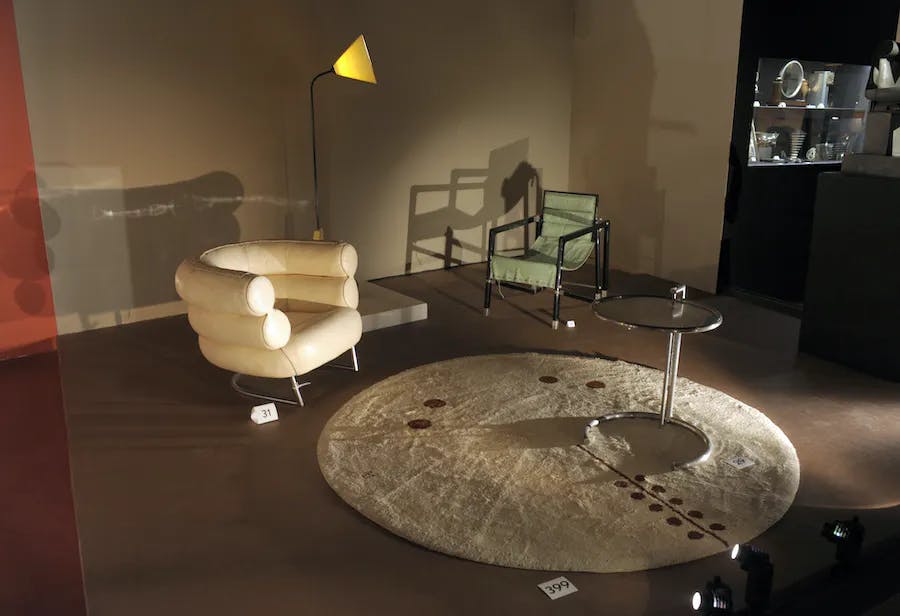
Professionally active into her 90s, Eileen Gray gained recognition for her pioneering ideas when French fashion designer Yves Saint Laurent bought Le Destin, a lacquered folding screen, in 1972. A year later he bought the Dragons armchair, which was later sold at auction in 2009 for 21.9 million euros ($28 million), making it the world's most expensive chair sold at auction.
Related: 10 Ingenious Chairs: Design Classics of the 20th Century
Are you a breakfast in bed person or do you appreciate practical and pared down design? Then the E-1027 might be for you, and luckily it pops up at auction every now and then for prices ranging from a few hundred dollars to the most expensive version (an original from the 1920s) that sold for $332,580 at Christie's in 2011.


